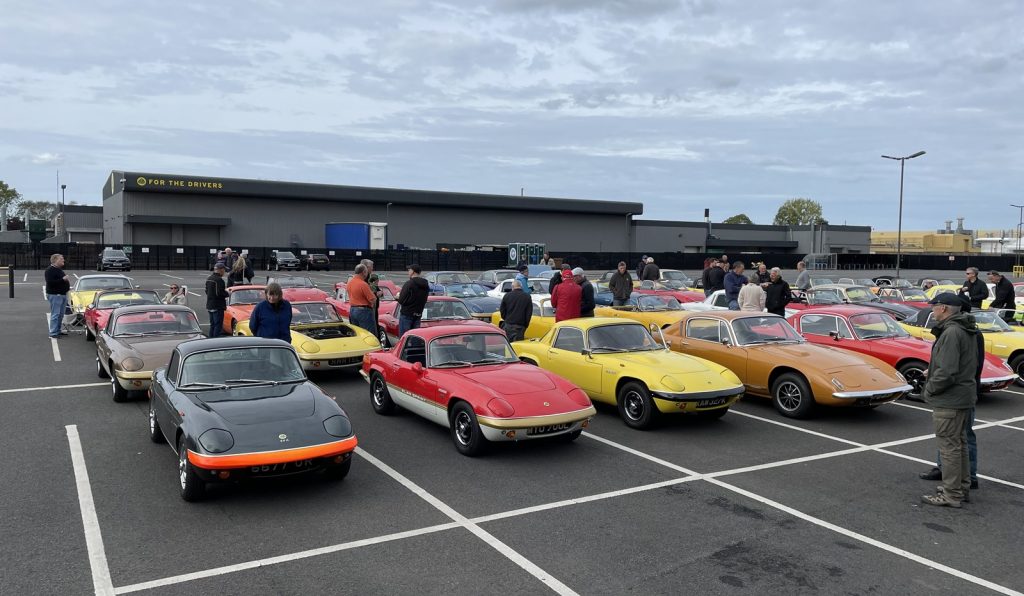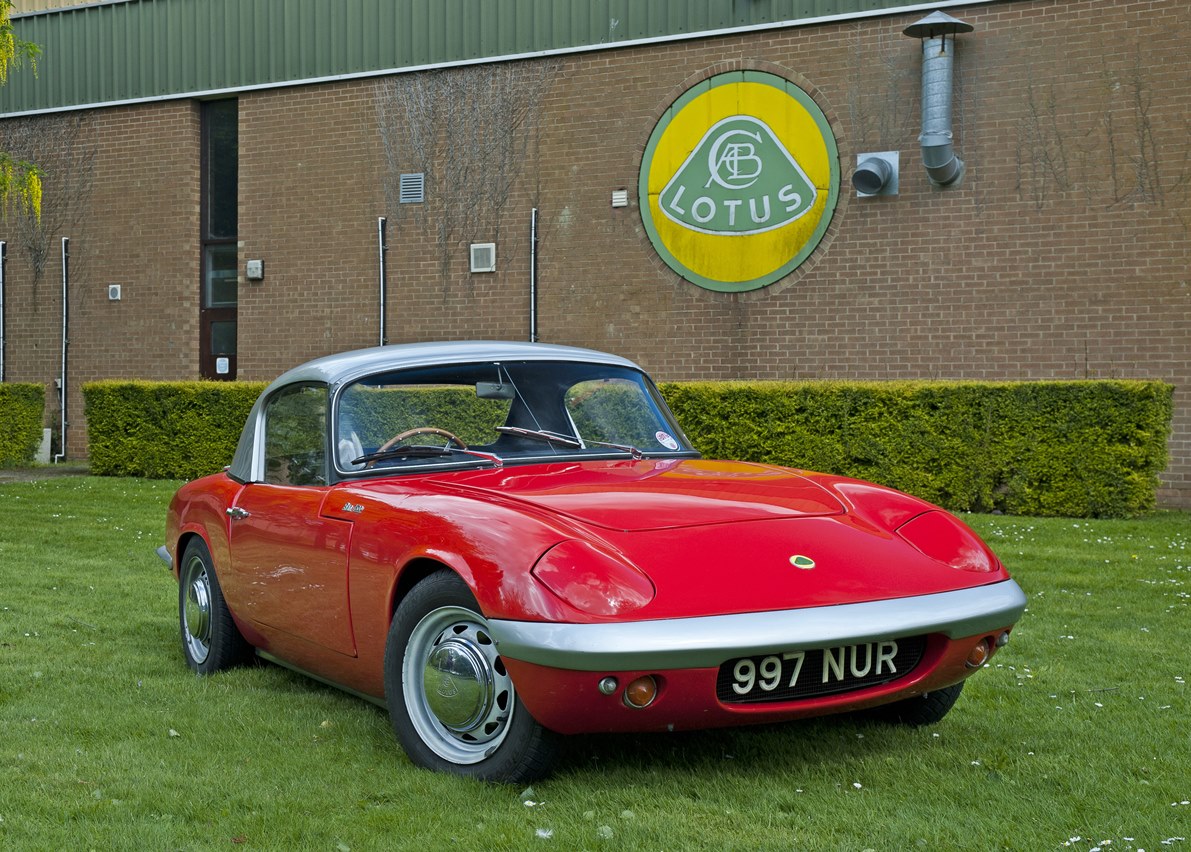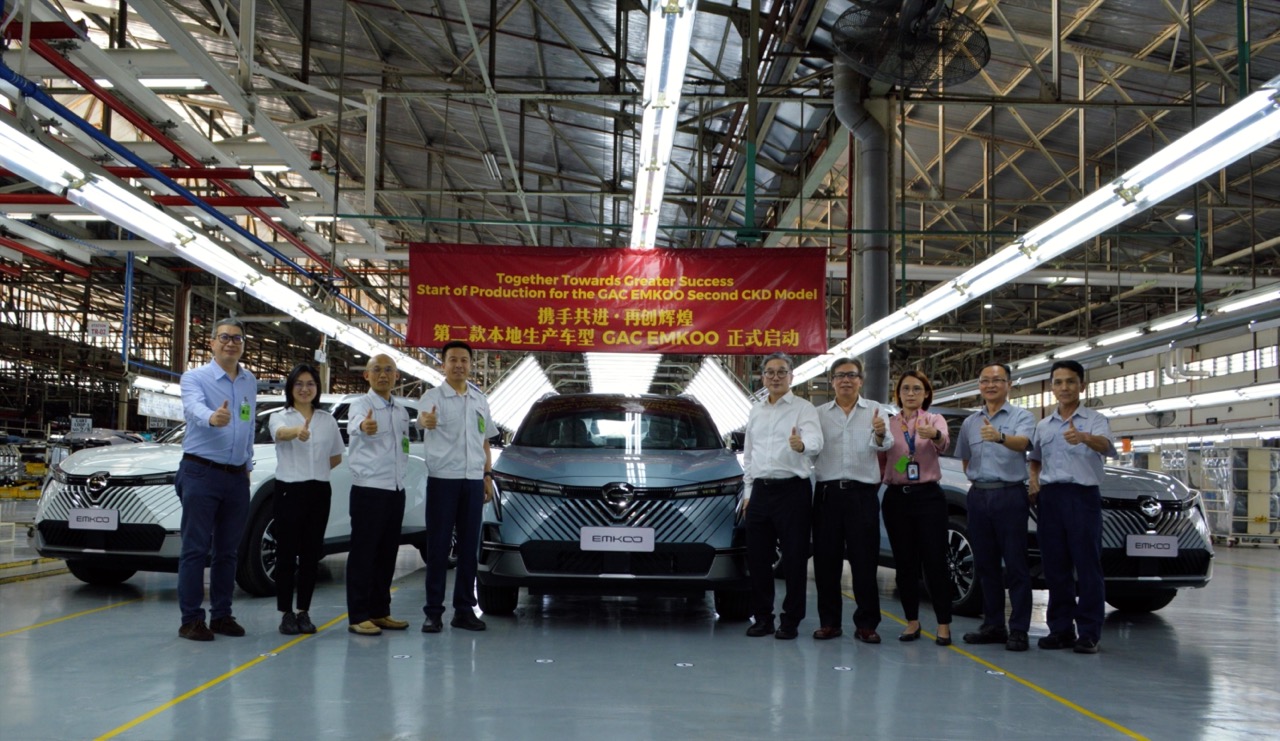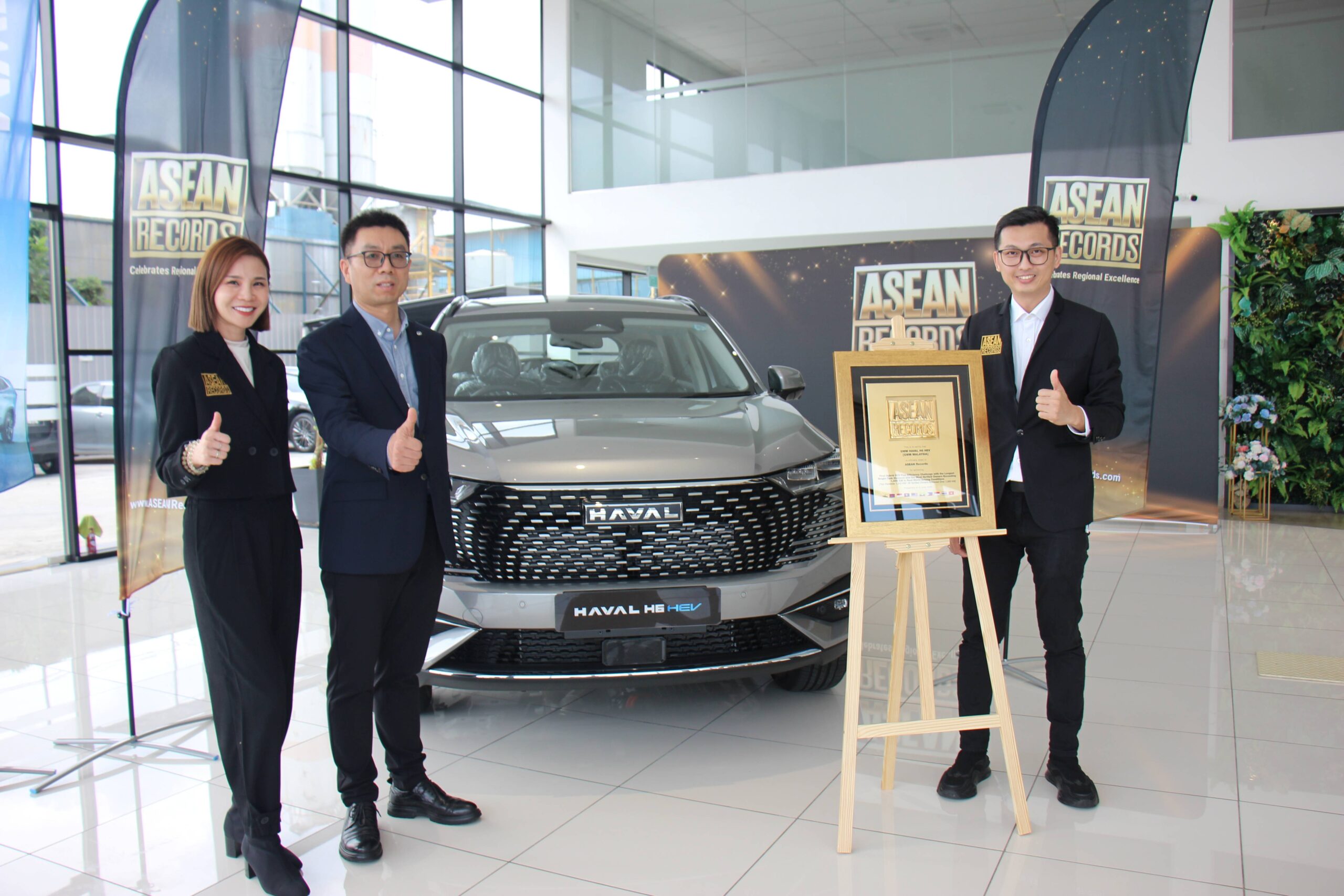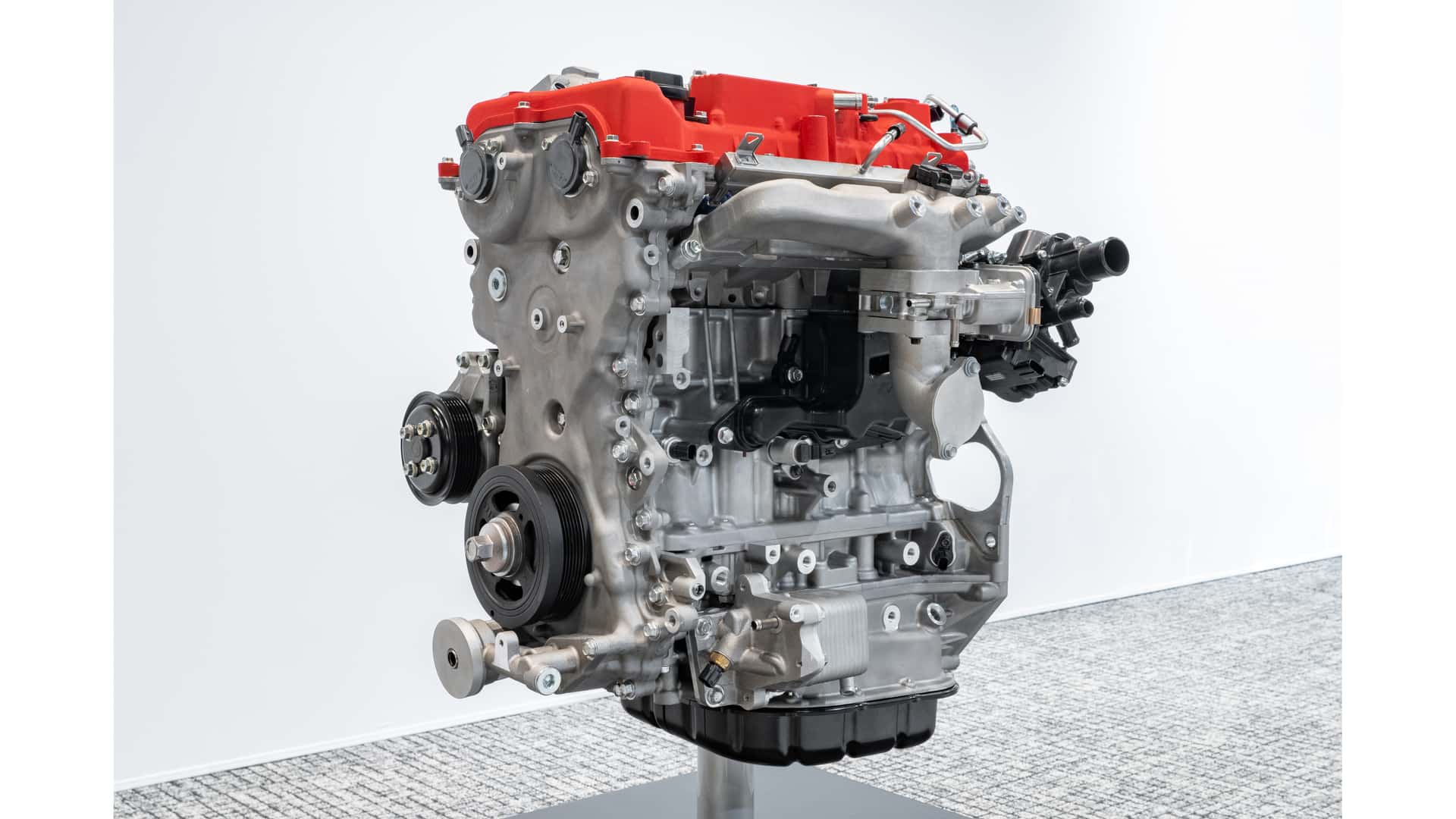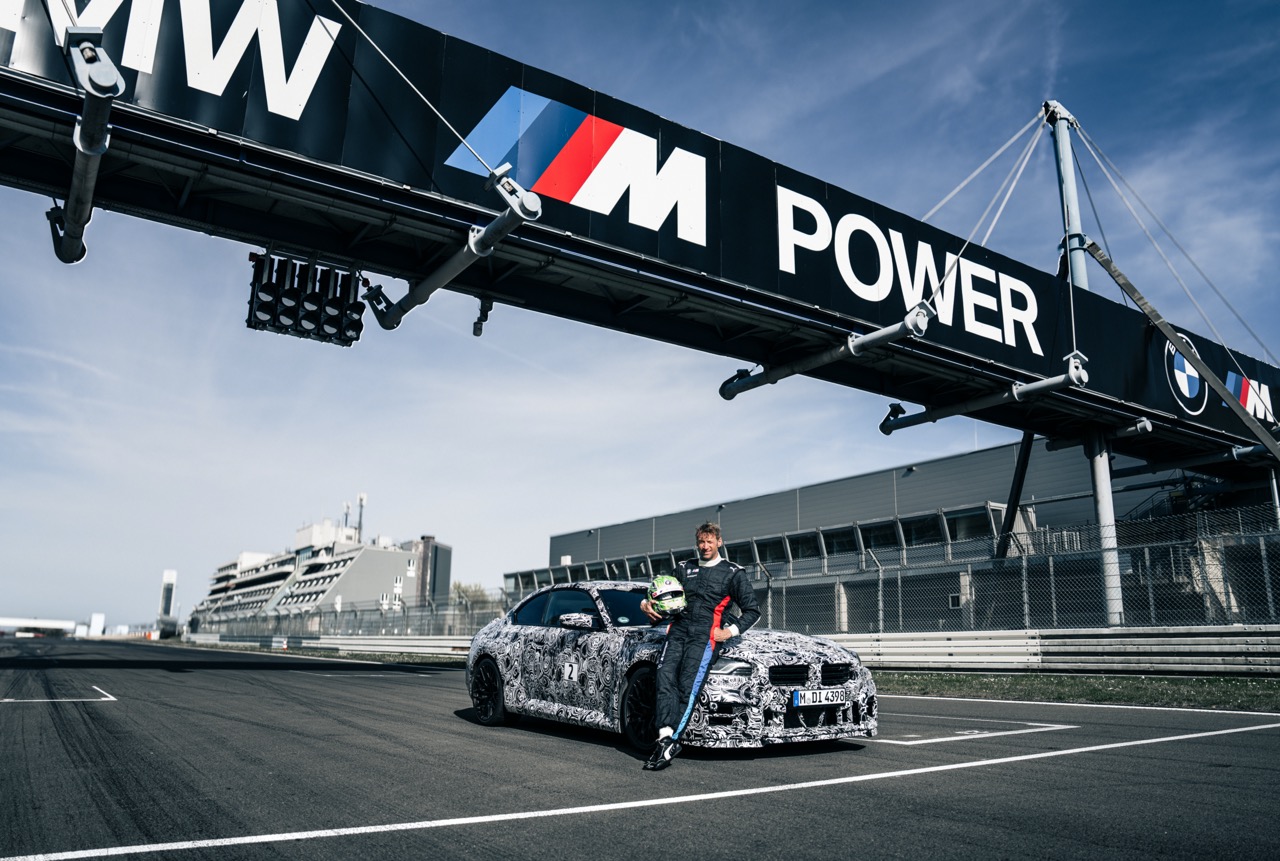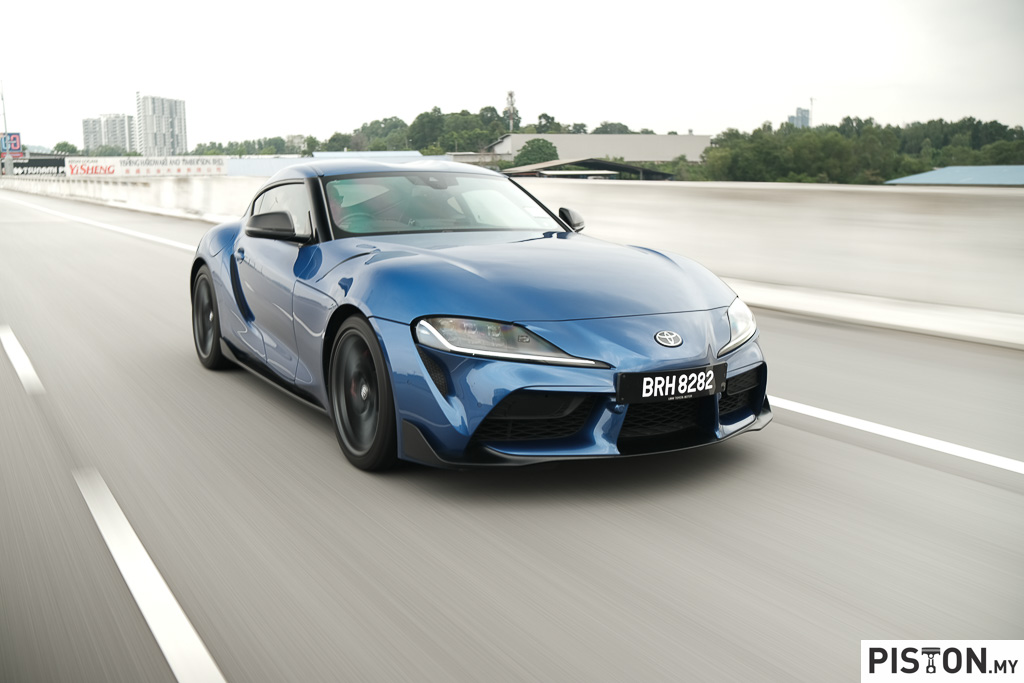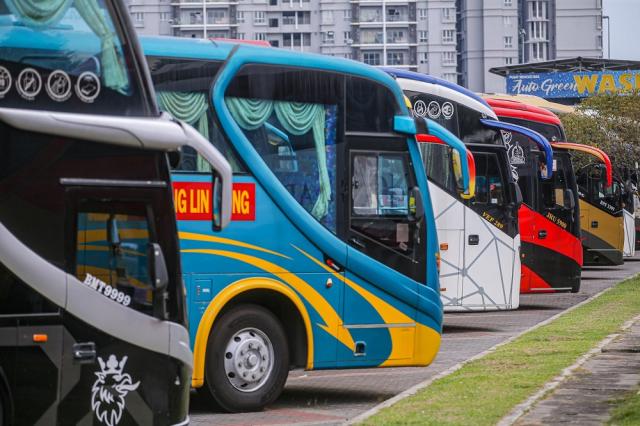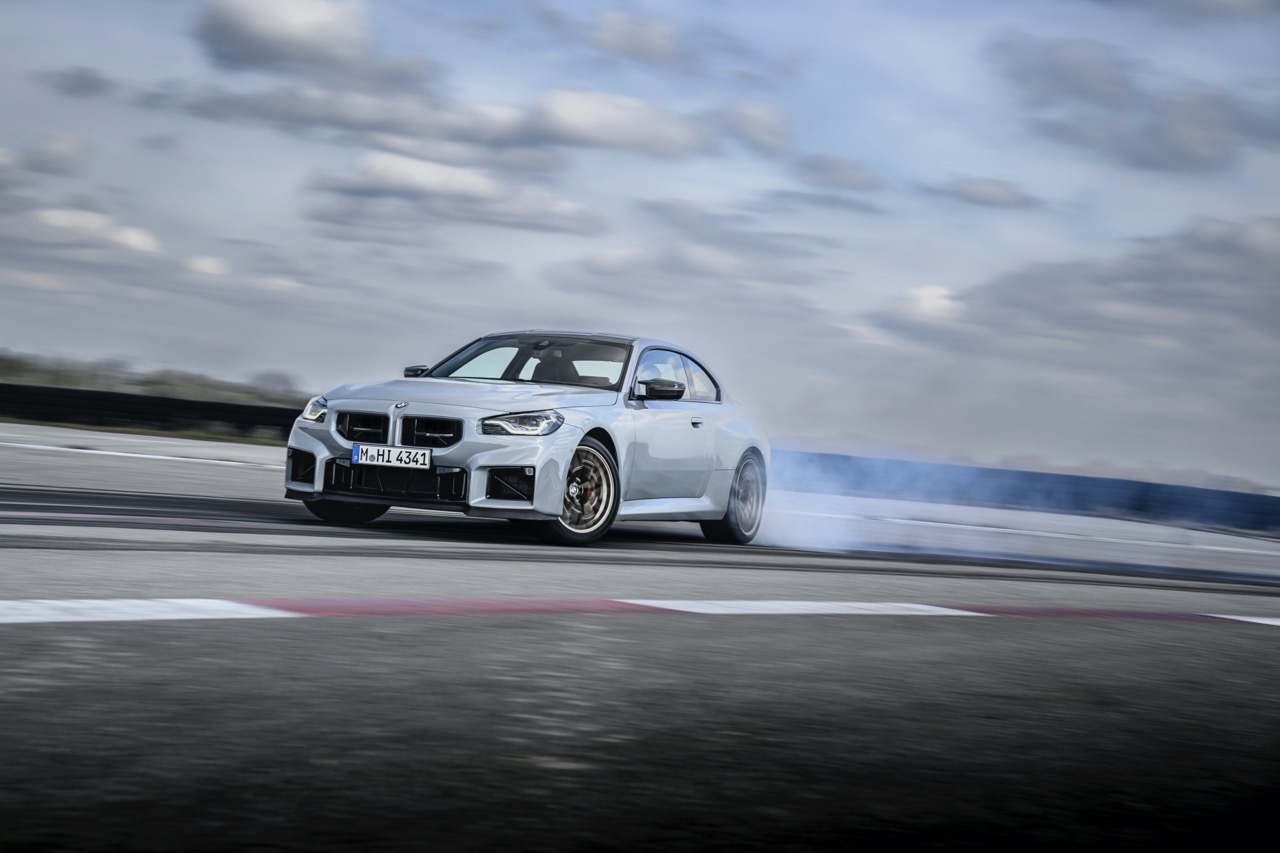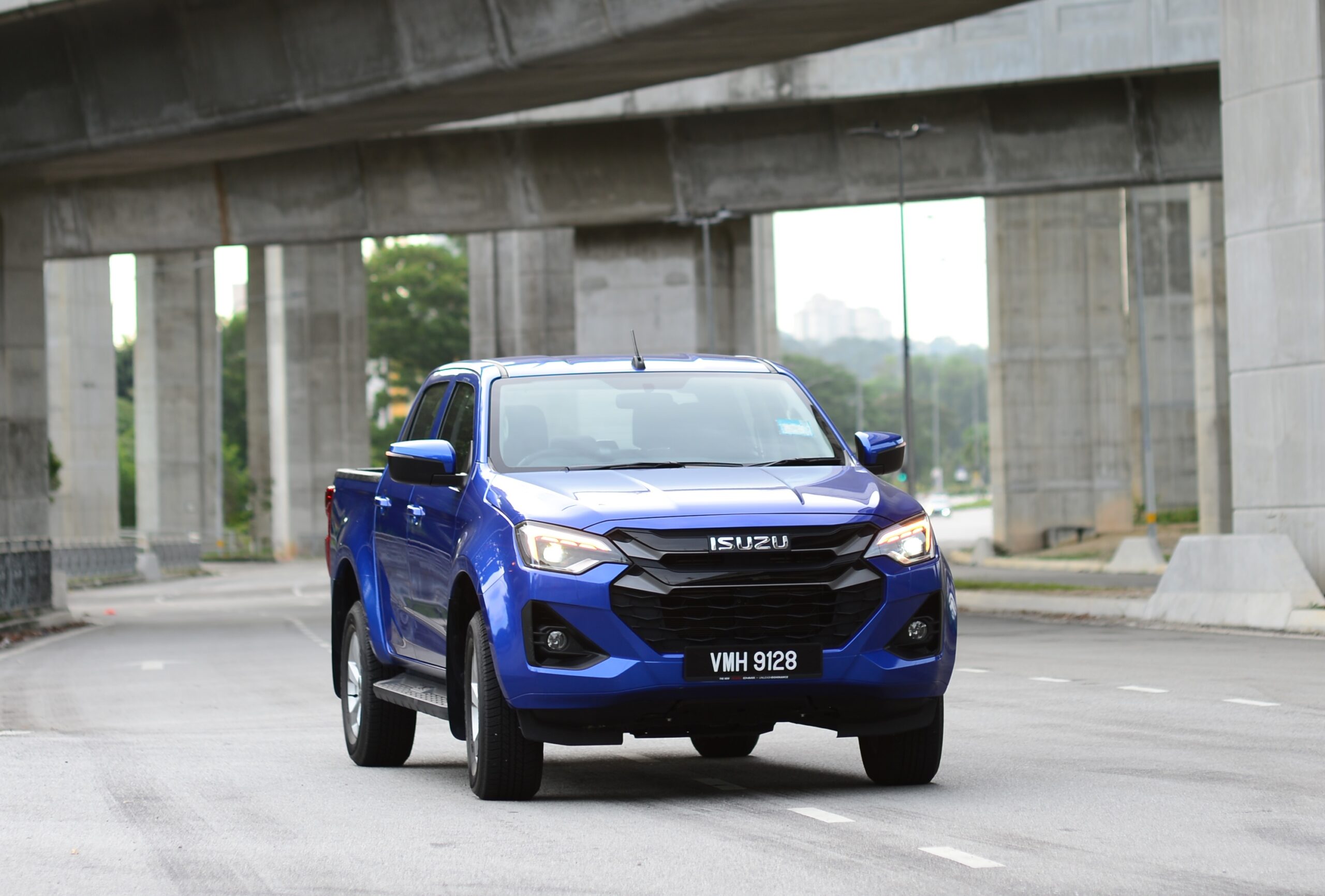Sixty years ago, at the 1962 British Motor Show, Colin and Hazel Chapman presented their new Lotus model – a small sportscar called the Elan which was ultra modern, lightweight and promised to be fun to drive. It was a contrast to other sportscars that had come out around the same time, like the Jaguar E-Type, AC Cobra and Ferrari GTO.
What drew the media to Lotus – which had been only in business for just 10 years – was the fact that its racing team had already won eight F1 races and several times at Le Mans. And just as the Mini was attracting celebrities, so too did the new Elan. Culturally, it was an icon as the Swinging Sixties embraced cool new design.
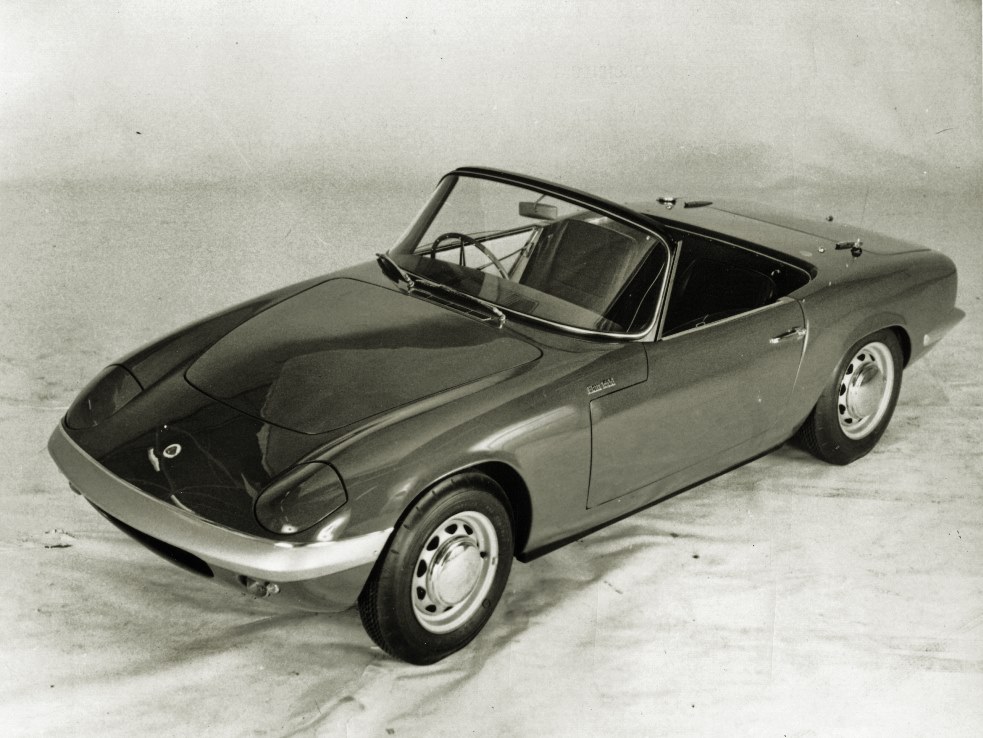
On TV, it was driven by Diana Rigg in ‘The Avengers’; Peter Sellers owned one, gifting another to his then fiancee Britt Ekland. Jimi Hendrix posed on the bonnet of another, and it even inspired the lyrics to The Beatles’ song ‘A Day In The Life’.
Actually, the British Motor Show was not where the Elan had its debut. This came a week before at Ford Motor Company’s main London showroom in Regent Street. It was attended by VIPs, media and Lotus and Ford executives and was a truly exclusive and private event.
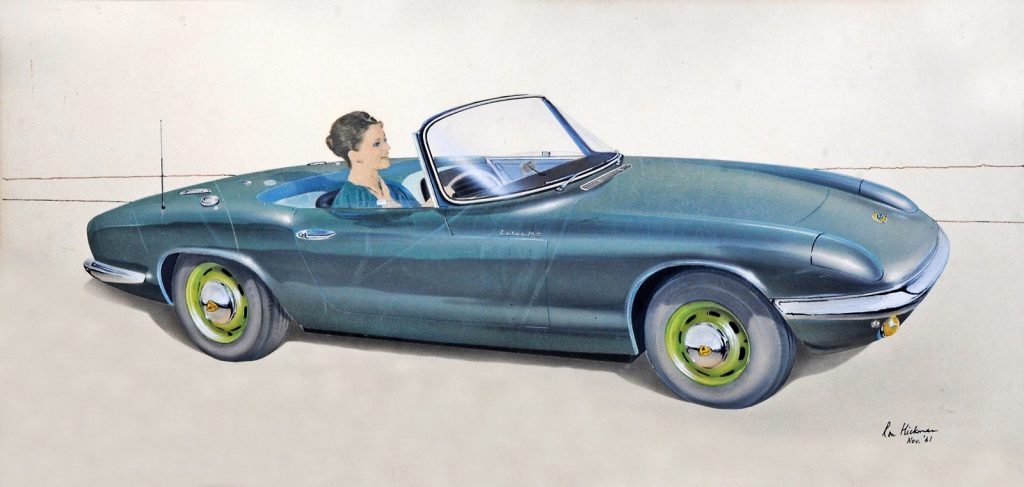
Why was the Elan unveiled at Ford premises? A letter from Ford’s Parts and Accessories Operations in England to its dealer network explained more: the Lotus Elan was ‘powered by a Lotus modified 1500 cc 122E Consul Classic (also known as the ‘Kent’) power unit. The Elan also incorporates a Ford gearbox, differential and carrier assembly and a number of small components.’
Advertisements from Ford were placed in the newspapers and motor mentioning the ‘race-winning association between Ford and Lotus’ and congratulating ‘Colin Chapman and his team of designers on an outstanding achievement with which we are proud to couple the name of Ford’. At the same time, Autocar provided an in-depth technical summary and preview of the Elan.
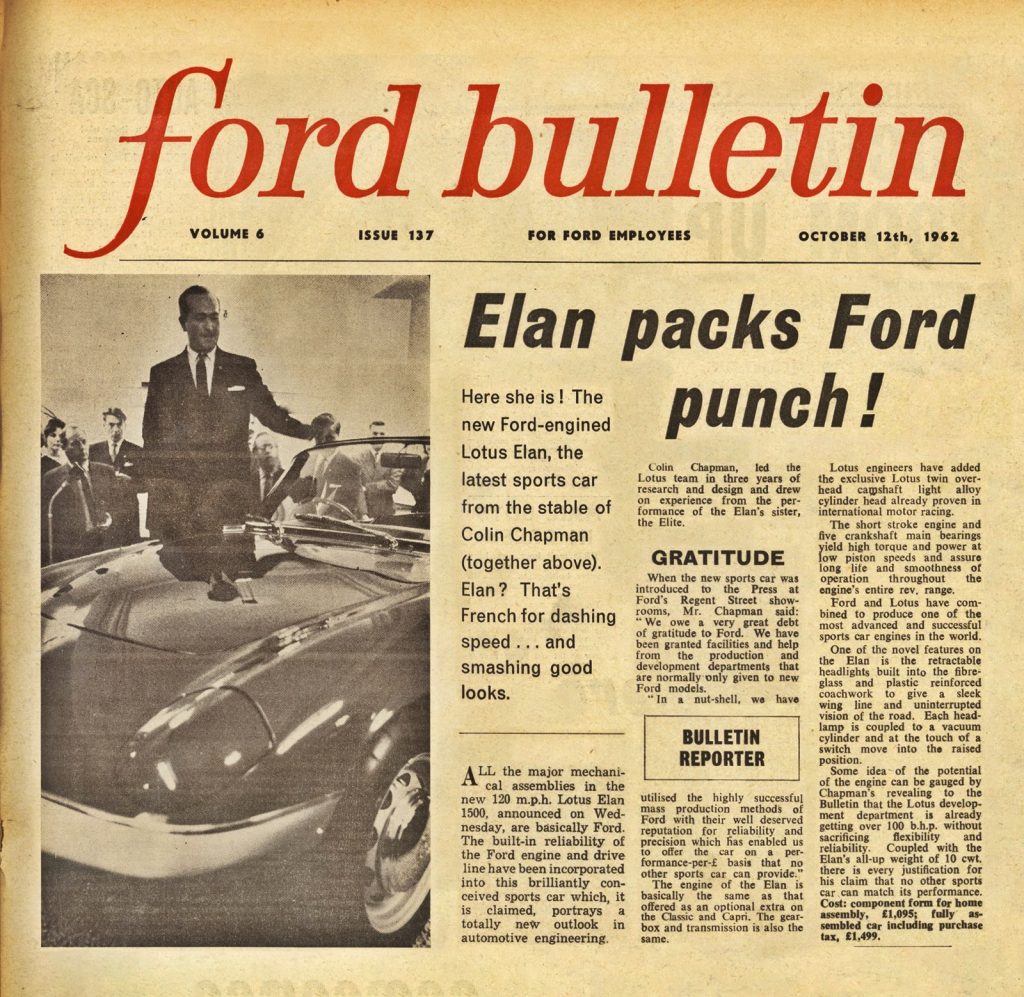
Introduced in 1962 as a roadster (Drop Head), an optional hardtop was offered in 1963 and a coupe (Fixed Head) version came along in 1965. It was the first Lotus road car to use a steel backbone chassis, a technology that continued until 1995 on all Lotus road cars including the Europa, Excel and the Esprit supercar.
The Elan was technically innovative with the backbone chassis, fibreglass body, 4-wheel disc brakes, and 4-wheel independent suspension. It was typically Lotus in being engineered to be light and weighed just 640 kgs. The twincam 1499 cc engine, which produced 100 bhp, was later uprated to 1558 cc with an additional 5 bhp being delivered. Owners of the 1.5-litre Elan had their engines upgraded as well.

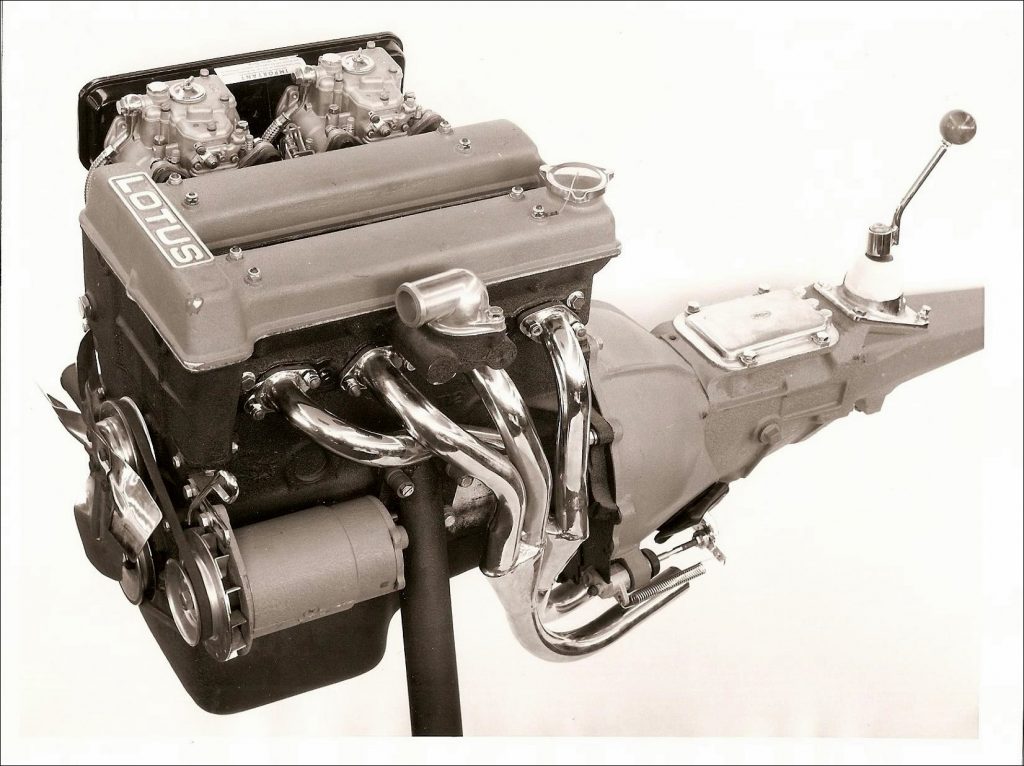
The Elan Sprint, a more powerful 1973 alternative, could hit 60 mph (92 km/h) in 6.6 seconds, which even now would be considered respectably fast. In 1973, it was impressive performance indeed and with the low mass, it was almost unbeatable on a country road.
Mirroring the changing lifestyles of the Chapmans, an Elan +2 was introduced in 1967 with two rear seats. These were compact but by no means occasional, accommodating the growing Chapman family.
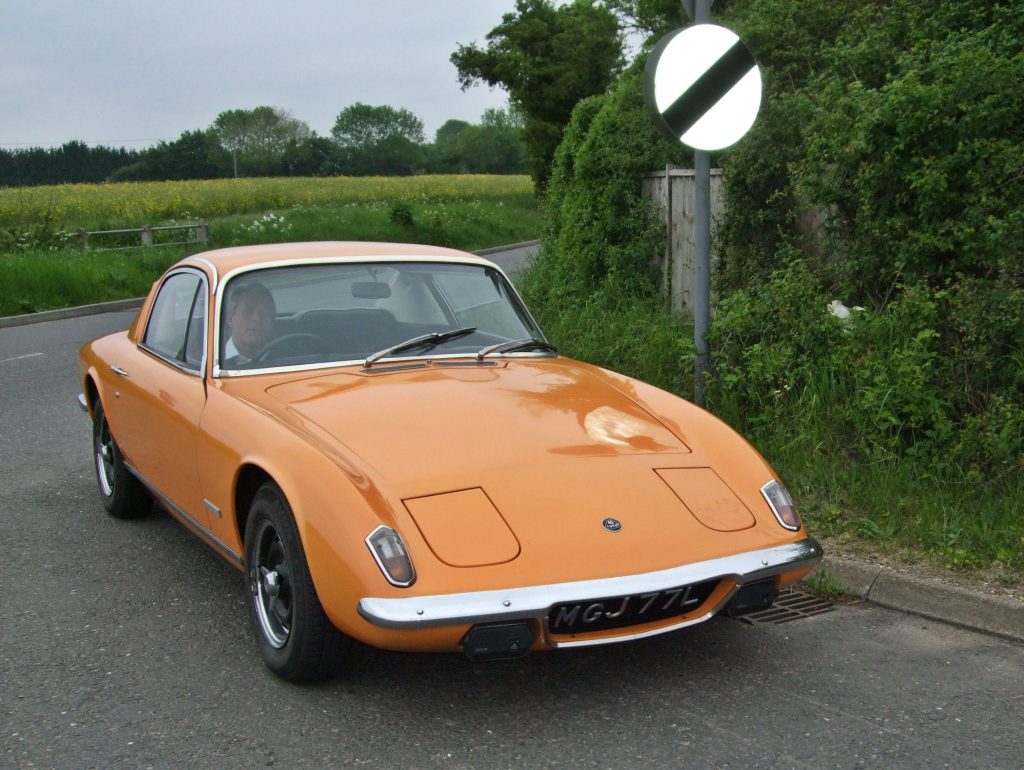
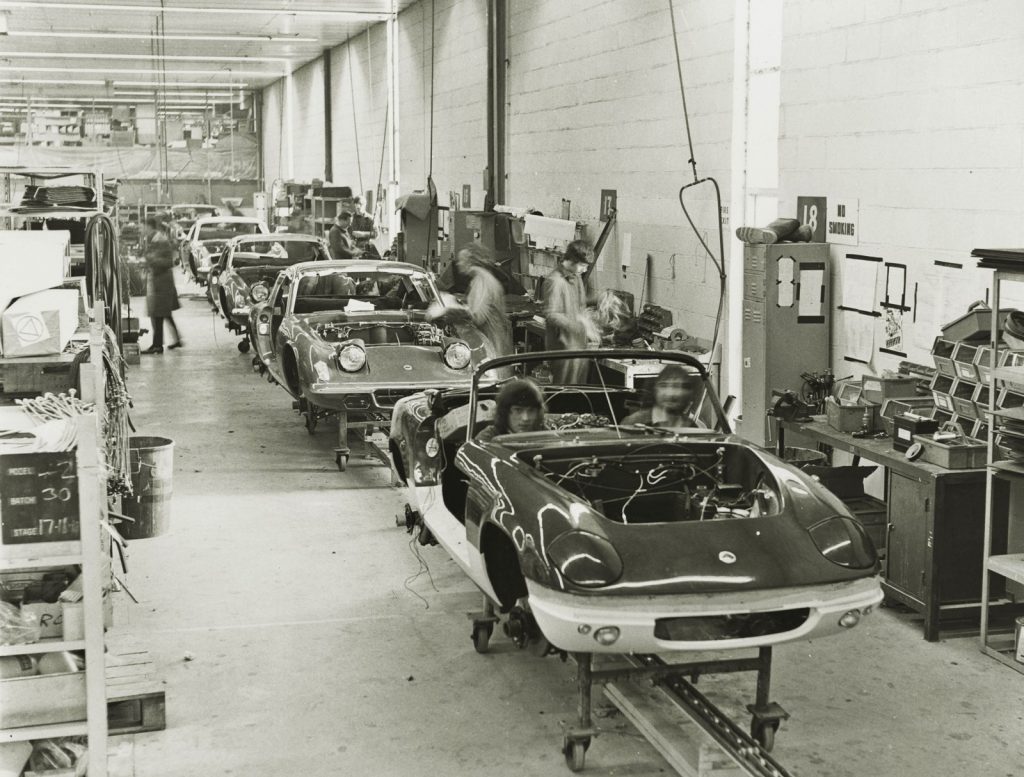
Four different Elan series were produced up until 1973, and the +2 ended the following year. With a production run of 17,392 cars, the Elan family was one of the most successful in Lotus history, surpassed only by the Elise (35,124 produced between 1996 and 2021).
